Home>Gardening & Outdoor>Plant Care & Gardening Tips>How Long Does It Take To Collect Native Plant Seed
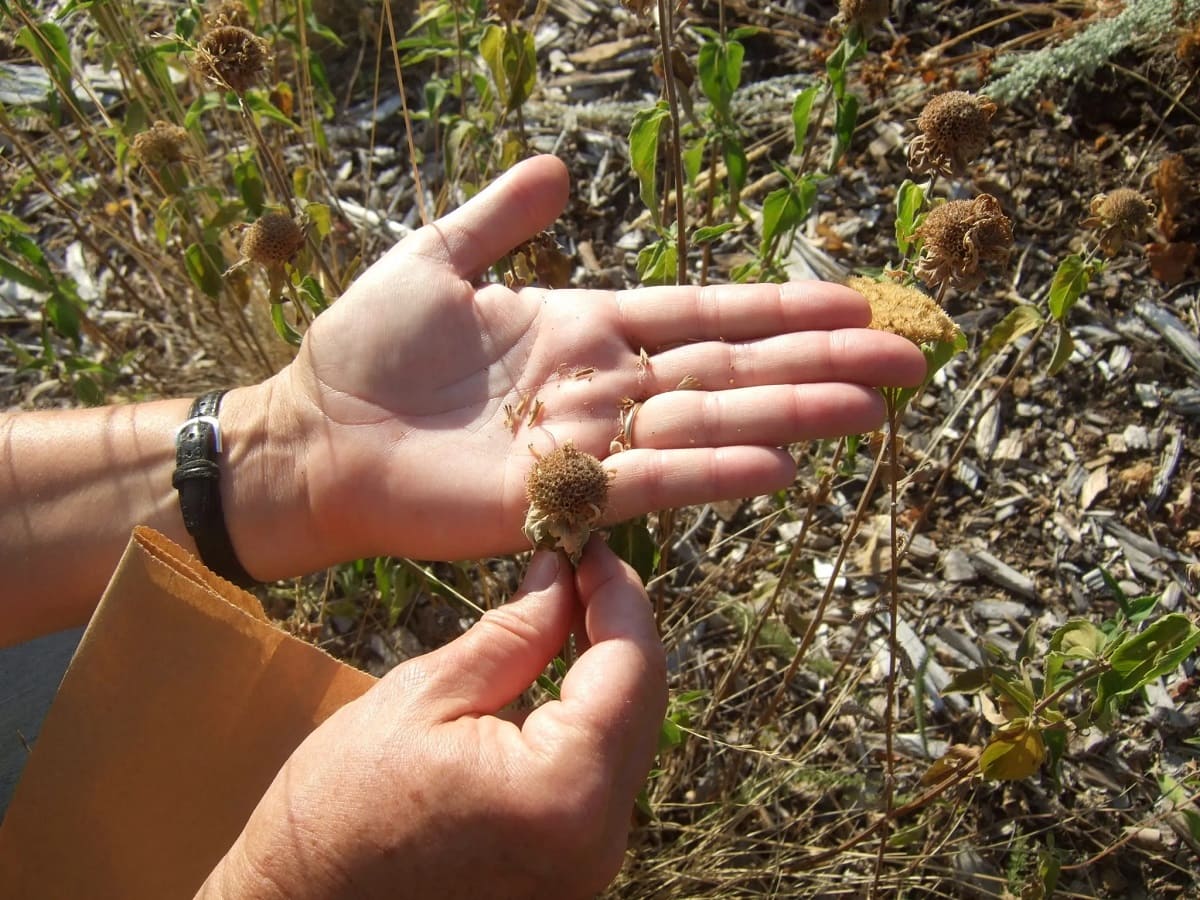

Plant Care & Gardening Tips
How Long Does It Take To Collect Native Plant Seed
Modified: January 4, 2024
Learn how long it takes to collect native plant seeds and get expert plant care and gardening tips for a successful harvest. Discover the best practices for gathering and storing seeds.
(Many of the links in this article redirect to a specific reviewed product. Your purchase of these products through affiliate links helps to generate commission for Storables.com, at no extra cost. Learn more)
**
Introduction
**
When it comes to cultivating a thriving garden or restoring natural landscapes, native plants play a crucial role. These indigenous species are well-adapted to local environmental conditions, making them resilient and sustainable choices for any green space. One of the most rewarding and cost-effective methods of propagating native plants is by collecting their seeds. However, the process of seed collection is not a one-size-fits-all endeavor. The time it takes to collect native plant seeds can vary widely, depending on a multitude of factors. Understanding these variables and the optimal timing for seed collection is essential for successful propagation efforts. In this article, we will explore the factors that influence seed collection time, common timelines for collecting seeds from various native plants, and valuable tips for maximizing the efficiency of seed collection. By delving into this topic, both novice and seasoned gardeners can gain valuable insights that will contribute to the preservation and proliferation of native plant species.
Key Takeaways:
- Timing is crucial for collecting native plant seeds, as it varies based on factors like plant species, environmental conditions, and intended use. Understanding these factors is essential for successful seed collection.
- Efficient seed collection involves monitoring plant populations, prioritizing quality over quantity, proper seed handling, record-keeping, responsible harvesting, diversifying collection sites, gaining propagation knowledge, and collaborating with conservation organizations.
Factors Affecting Seed Collection Time
The timing of seed collection for native plants is influenced by a multitude of factors, each playing a pivotal role in determining the optimal moment to harvest seeds. Understanding these factors is crucial for ensuring the success of seed collection efforts. One of the primary considerations is the specific species of native plant being targeted for seed collection. Different plants have unique life cycles and reproductive patterns, which directly impact the timing of seed maturity and dispersal. For instance, some native plants produce seeds in the spring, while others may not mature until late summer or early fall.
Environmental conditions also exert a significant influence on seed collection time. Climate, temperature, and precipitation levels all affect the growth and maturation rates of native plants. In regions with distinct seasonal changes, the timing of seed collection may coincide with specific phases of the plant’s life cycle, such as flowering or fruiting. Furthermore, variations in weather patterns from year to year can impact the timing of seed maturity, necessitating flexibility and adaptability in seed collection practices.
Another crucial factor to consider is the geographical location of the native plant population. Plants in different regions may exhibit variations in seed development and maturity due to differences in daylight duration, temperature fluctuations, and soil composition. Understanding the unique characteristics of local plant populations is essential for accurately gauging the ideal time for seed collection.
Furthermore, the health and condition of the plant itself play a vital role in determining seed collection time. Factors such as overall plant vigor, pest infestations, and disease prevalence can influence the timing of seed maturation and affect the quantity and quality of the harvested seeds. Additionally, monitoring the phenological stages of the plant, including bud development, flowering, and fruiting, provides valuable insights into the progression of seed maturation.
Lastly, it is essential to consider the intended use of the collected seeds. Whether the seeds are destined for immediate sowing, long-term storage, or propagation in controlled environments can impact the ideal timing for collection. For instance, seeds intended for immediate sowing may need to be harvested at a different stage of maturity compared to seeds designated for storage or laboratory propagation.
By taking into account these diverse factors, seed collectors can make informed decisions regarding the optimal timing for seed collection, thereby maximizing the likelihood of successful propagation and the preservation of native plant species.
Common Native Plant Seed Collection Times
Native plants exhibit a wide range of seed collection times, often corresponding to their unique life cycles and environmental adaptations. Understanding the typical seed collection periods for various native plant species is essential for effectively planning and executing seed harvesting activities. Here are some common seed collection times for native plants:
- Spring-Blooming Species: Many native plants that bloom in the spring produce seeds that mature in late spring to early summer. Examples of such species include trilliums, bloodroot, and wild geranium. As the flowers fade and the seed pods begin to develop, it is crucial to monitor the progression of seed maturation for timely collection.
- Summer-Flowering Plants: Native plants that bloom in the summer often yield seeds in late summer to early fall. Species such as coneflowers, black-eyed Susans, and asters fall into this category. Observing the transition from flowering to seed development is essential for identifying the optimal time to collect mature seeds.
- Fall-Bearing Species: Certain native plants, including goldenrods, milkweeds, and asters, produce seeds that mature in the fall. Monitoring the progression of seed development as summer transitions into autumn is crucial for harvesting seeds at the peak of maturity.
- Perennial Grasses and Sedges: For native grasses and sedges, the timing of seed collection varies based on the specific species. Some grasses, such as little bluestem and switchgrass, produce seeds in late summer, while others, like Indian grass, may mature later in the fall. Understanding the distinct seed collection periods for different grasses and sedges is essential for successful propagation efforts.
- Shrubs and Trees: Native shrubs and trees often have specific seed collection times based on their reproductive cycles. For instance, species like dogwoods and viburnums may produce seeds in late summer, while oaks and hickories typically yield mature seeds in the fall. Monitoring the development of seed-bearing structures, such as acorns and samaras, is crucial for determining the ideal time for collection.
It is important to note that the seed collection times mentioned above are general guidelines, and variations may occur based on regional climate, microclimatic conditions, and specific plant populations. Therefore, careful observation and monitoring of individual plant specimens are essential for accurately gauging the optimal time for seed collection.
By familiarizing oneself with the typical seed collection times for various native plant species, seed collectors can effectively plan their harvesting activities and contribute to the preservation and propagation of indigenous flora.
The time it takes to collect native plant seeds can vary depending on the species and the size of the area. Generally, it can take a few hours to a few days to collect a significant amount of seeds.
Tips for Efficient Seed Collection
Efficient seed collection is essential for maximizing the success of propagation efforts and ensuring the viability of harvested seeds. By implementing strategic techniques and best practices, seed collectors can enhance the quality and quantity of collected seeds. Here are valuable tips for efficient seed collection:
- Timing is Key: Regular monitoring of plant populations is crucial for identifying the optimal time for seed collection. Observing the progression of seed development, from initial maturation to dispersal, allows collectors to pinpoint the peak period for harvesting mature seeds. Utilizing phenological indicators, such as changes in seed color and texture, helps in determining the ideal timing for collection.
- Quality Over Quantity: Prioritize the collection of high-quality seeds from healthy, vigorous plants. Selecting seeds from robust individuals with desirable traits enhances the likelihood of successful germination and robust seedling growth. Avoid harvesting seeds from weakened or diseased plants, as they may yield inferior offspring.
- Proper Seed Handling: Careful handling of collected seeds is essential for maintaining their viability. Minimize damage to seeds during collection and processing to ensure optimal germination rates. Using clean, dry containers for seed storage helps prevent moisture-related issues and fungal growth that can compromise seed quality.
- Record-Keeping: Maintaining detailed records of seed collection activities, including the species, location, and collection date, facilitates organized seed storage and future propagation endeavors. Accurate documentation enables seed collectors to track the viability and provenance of collected seeds, contributing to informed decision-making during sowing and propagation.
- Responsible Harvesting: Practice ethical and sustainable seed collection by adhering to local regulations and guidelines. Avoid over-harvesting from wild populations, especially for rare or endangered species. Employing ethical harvesting practices contributes to the conservation of native plant populations and their ecosystems.
- Diversify Collection Sites: Explore diverse habitats and plant communities when collecting seeds to capture genetic diversity within target species. Visiting multiple locations allows for the acquisition of seeds from distinct populations, enhancing the genetic resilience and adaptability of propagated plants.
- Propagation Knowledge: Gain an understanding of the germination requirements and propagation methods specific to the collected native plant species. This knowledge informs post-collection processing and storage techniques, ensuring that seeds are prepared for successful germination and establishment.
- Collaboration and Education: Engage with local conservation organizations, botanical gardens, and native plant enthusiasts to exchange knowledge and contribute to collaborative seed conservation initiatives. Participating in educational programs and workshops on seed collection and propagation fosters a community of informed and passionate seed stewards.
By incorporating these tips into their seed collection practices, enthusiasts and conservationists can contribute to the preservation of native plant diversity and the restoration of ecologically important landscapes.
Conclusion
Seed collection from native plants is a rewarding and essential practice for preserving biodiversity, restoring natural habitats, and supporting sustainable gardening initiatives. The diverse factors influencing seed collection time, including plant species, environmental conditions, and intended use of the seeds, underscore the need for informed and strategic approaches to harvesting. By understanding the common seed collection times for various native plants and implementing efficient collection techniques, individuals can contribute to the conservation and propagation of indigenous flora.
As stewards of native plant diversity, it is imperative to approach seed collection with a deep appreciation for the ecological significance of each species. Respectful and ethical harvesting practices, coupled with a commitment to preserving genetic diversity, are fundamental in safeguarding the resilience and adaptability of native plant populations. Through collaboration, education, and responsible collection efforts, enthusiasts and conservationists can play a pivotal role in sustaining the rich tapestry of native flora within their local ecosystems.
By embracing the art and science of seed collection, individuals can actively participate in the restoration and enhancement of natural landscapes while fostering a deeper connection to the intricate web of life supported by native plants. As we embark on this journey of seed collection and conservation, let us carry forward a sense of reverence for the inherent beauty and ecological value encapsulated within each seed, nurturing a legacy of biodiversity for generations to come.
Frequently Asked Questions about How Long Does It Take To Collect Native Plant Seed
Was this page helpful?
At Storables.com, we guarantee accurate and reliable information. Our content, validated by Expert Board Contributors, is crafted following stringent Editorial Policies. We're committed to providing you with well-researched, expert-backed insights for all your informational needs.

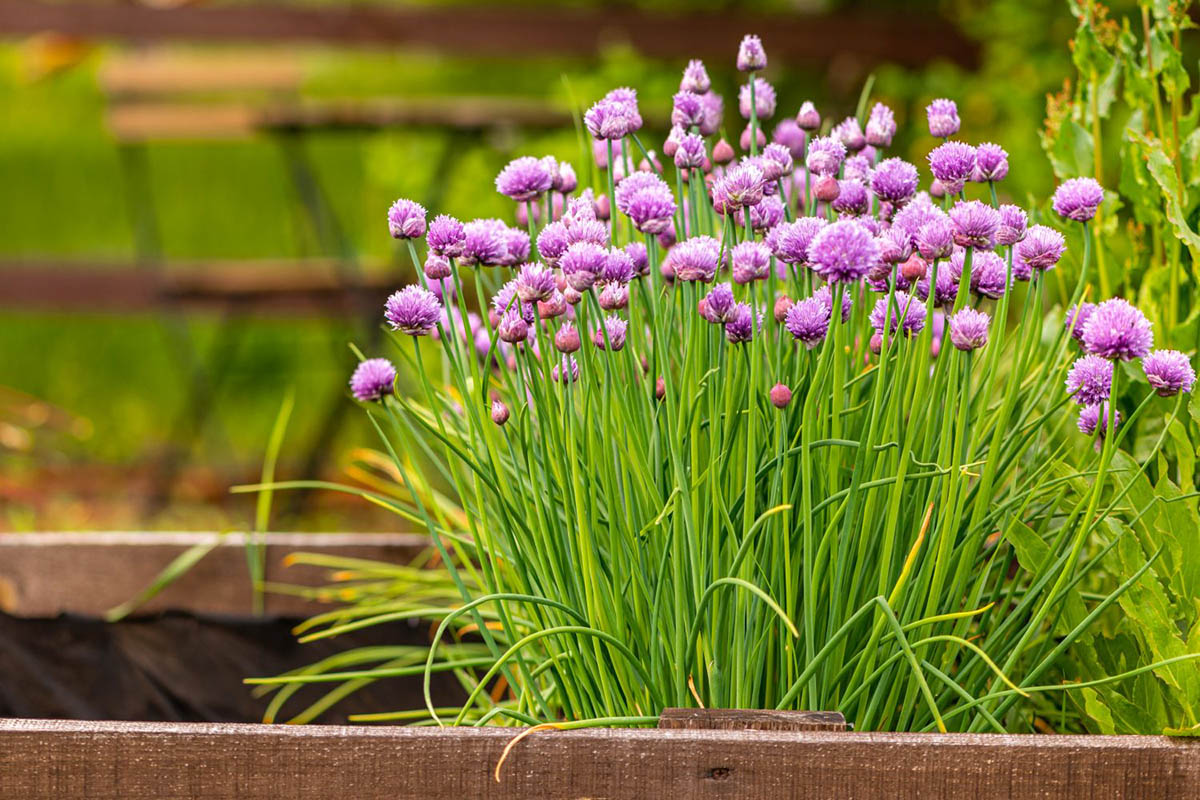
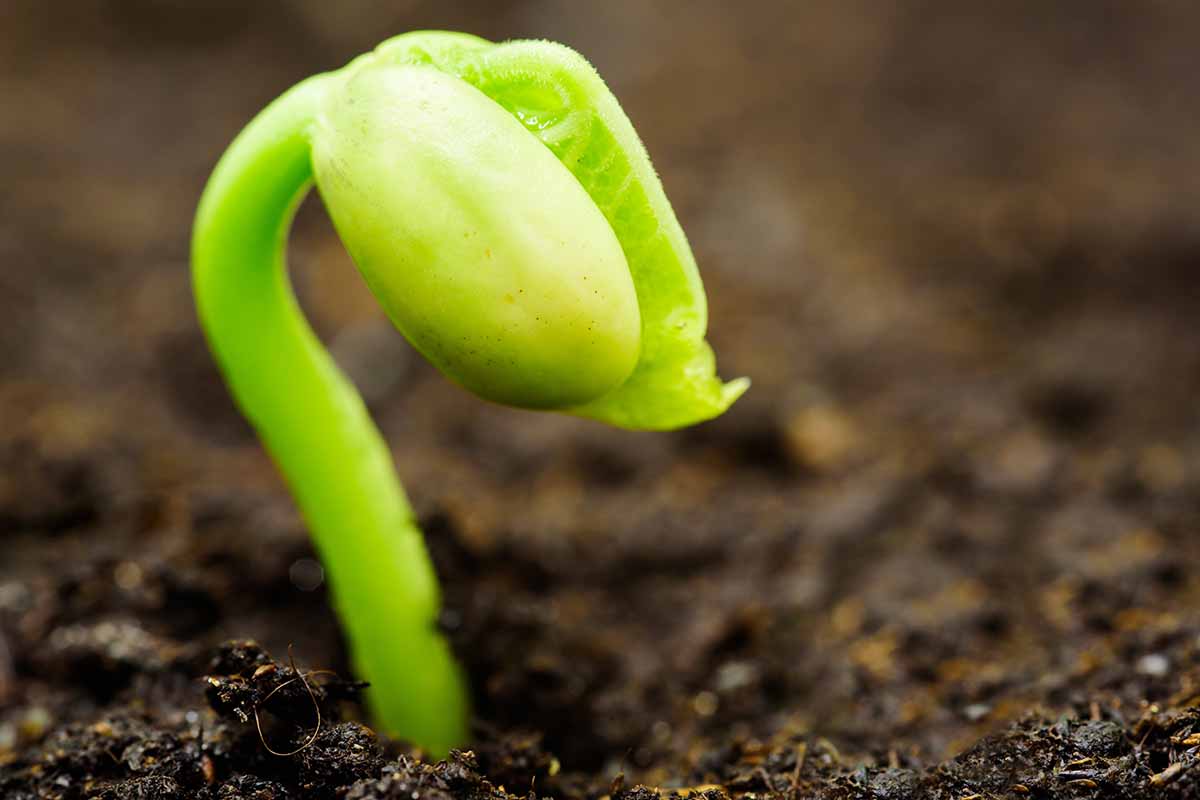

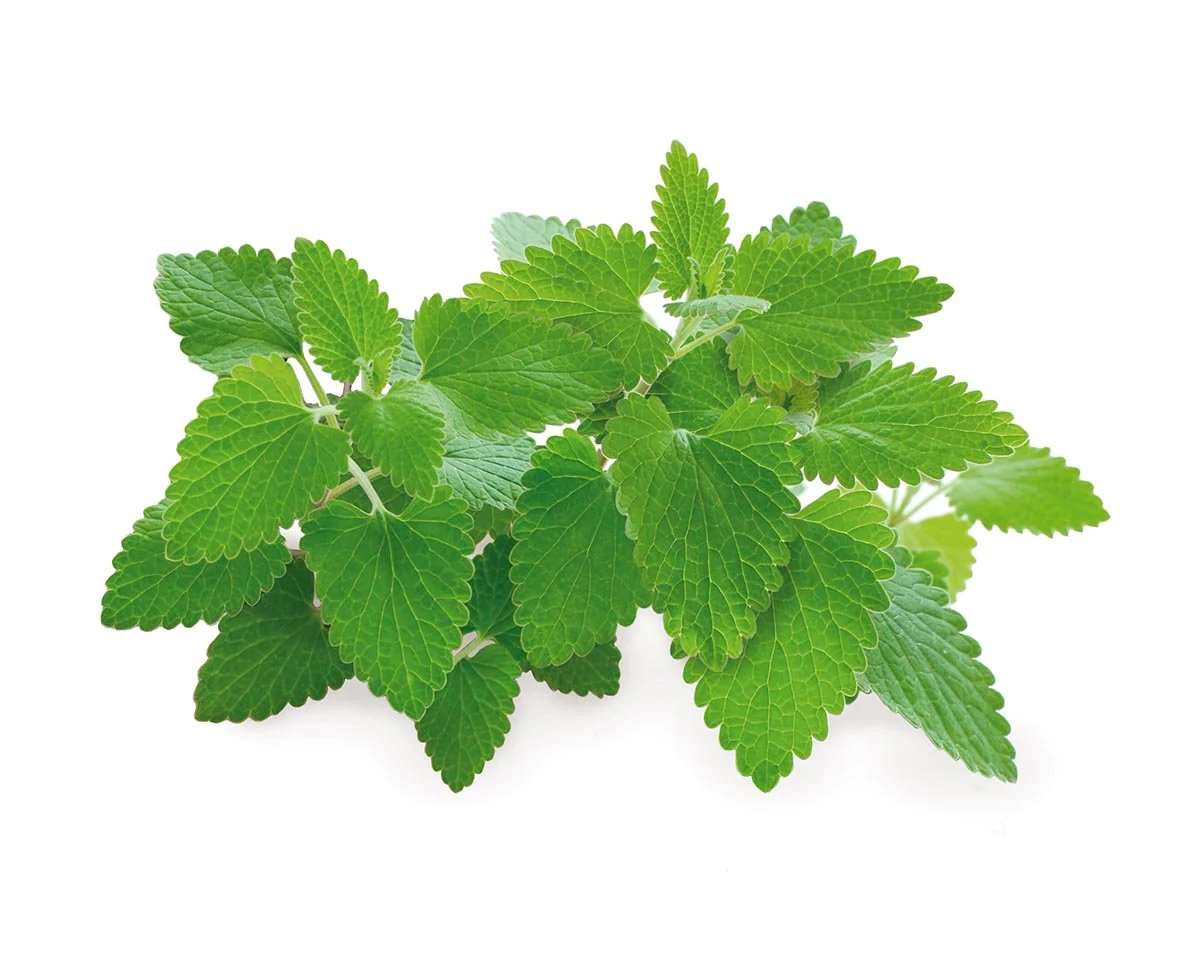
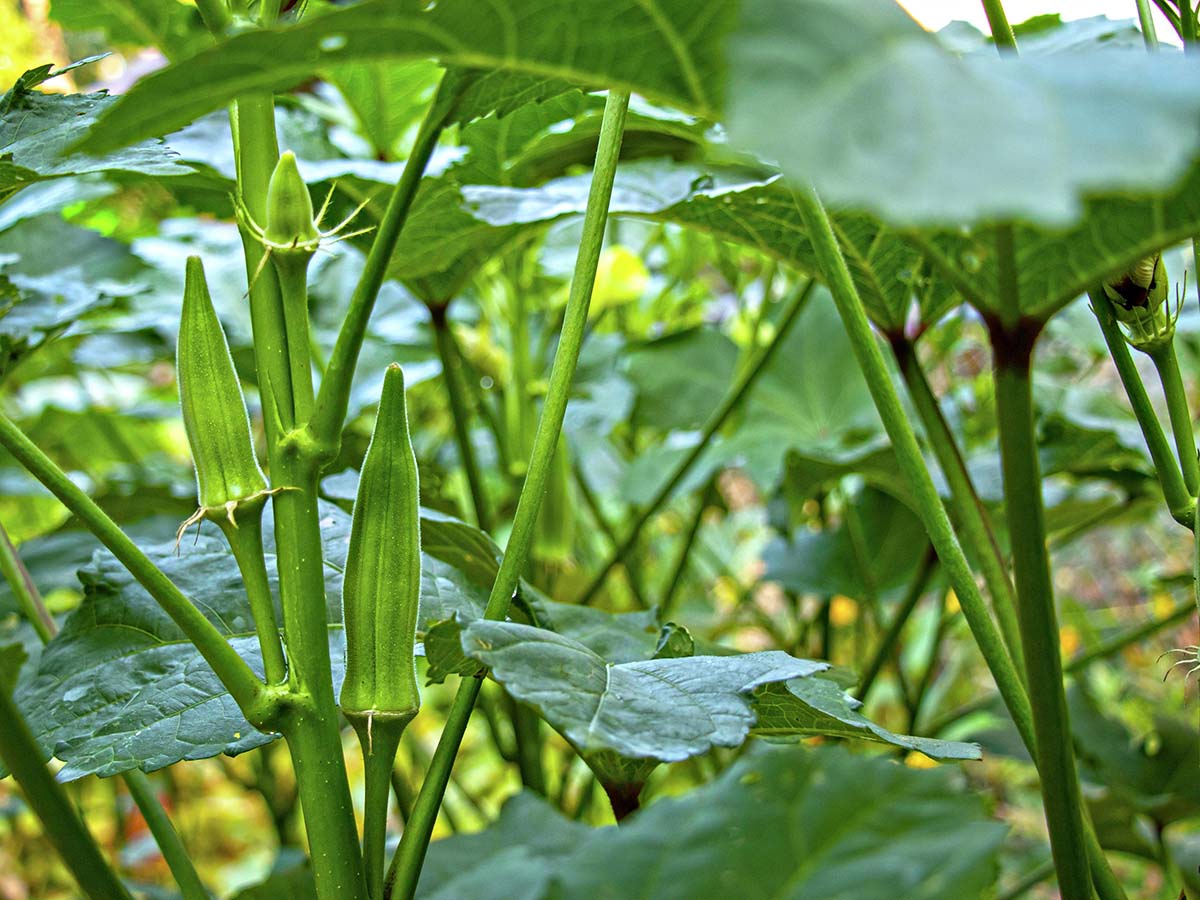
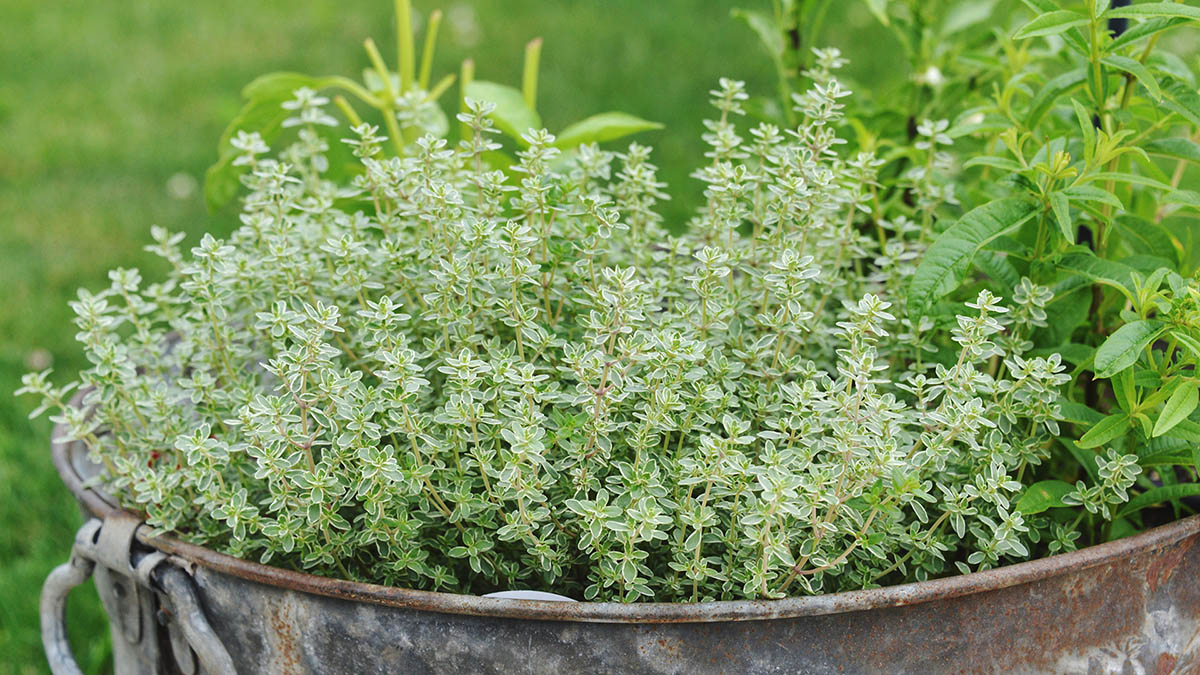
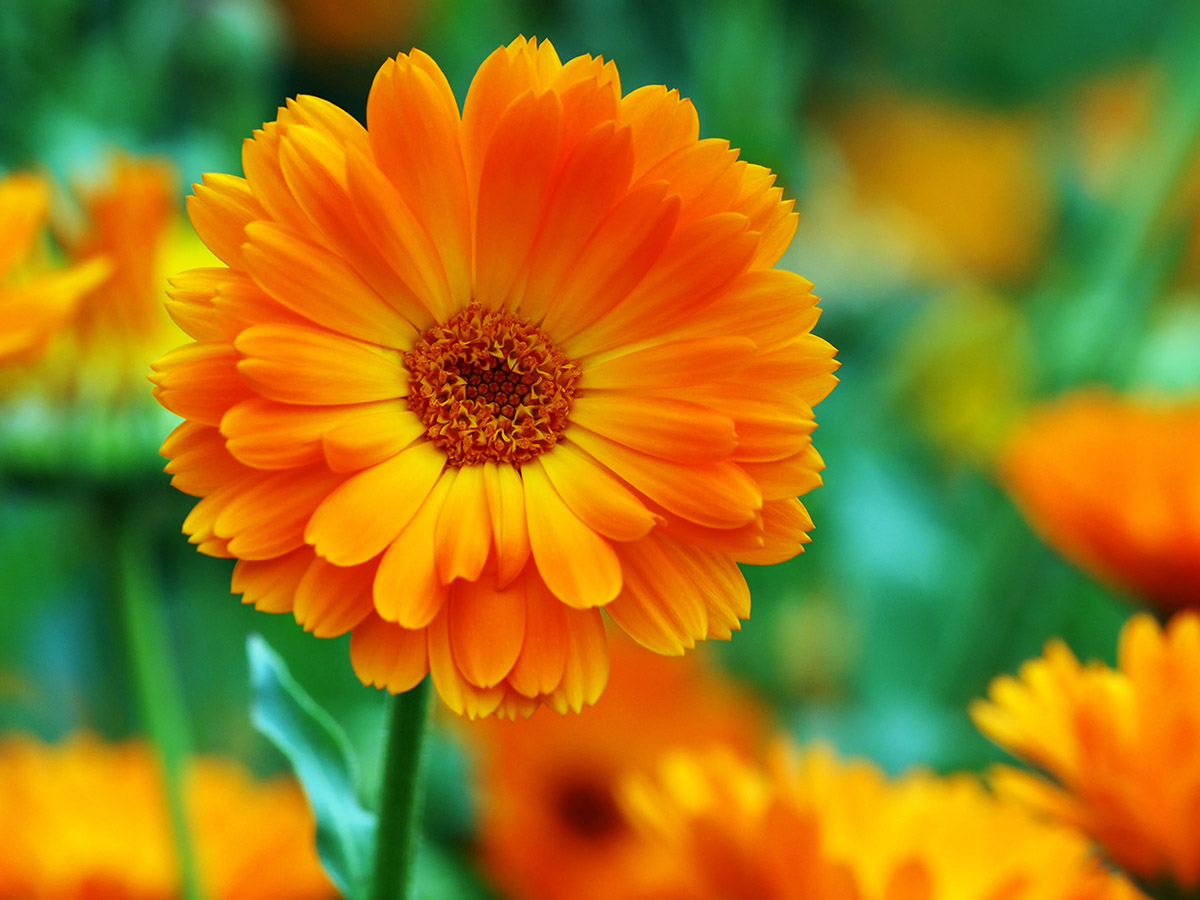
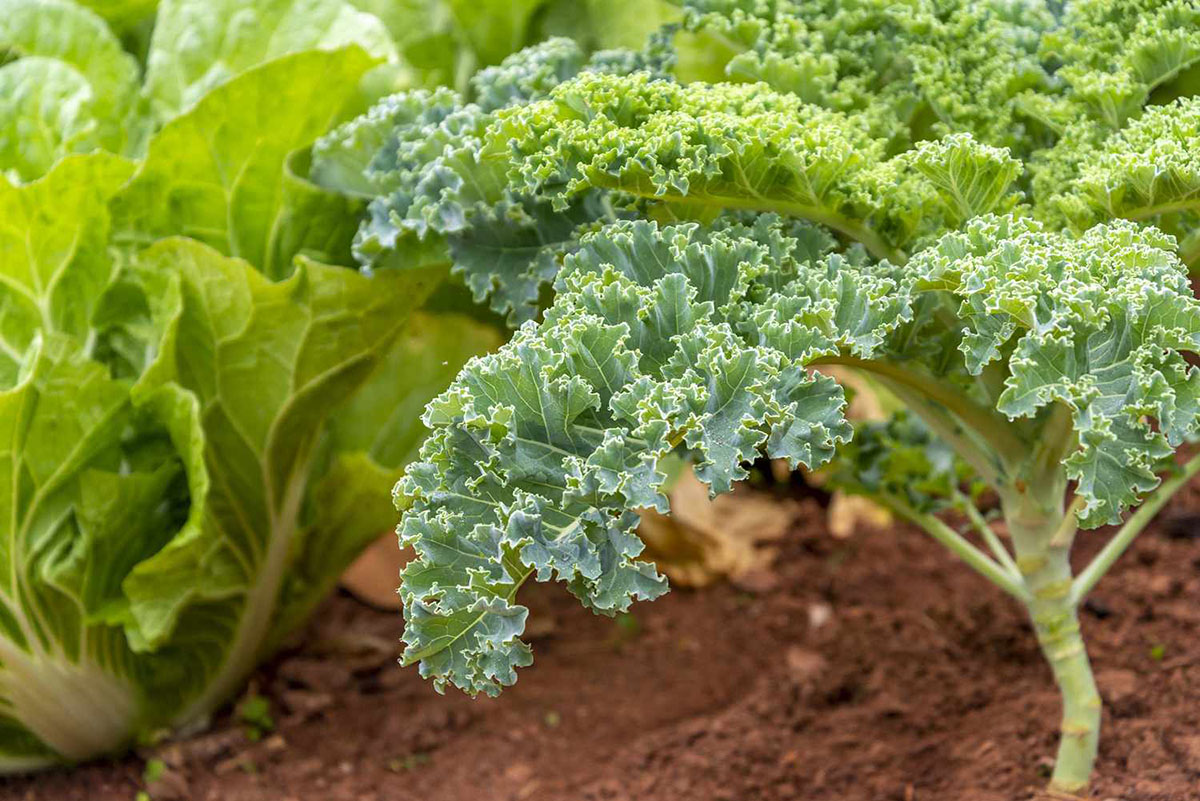
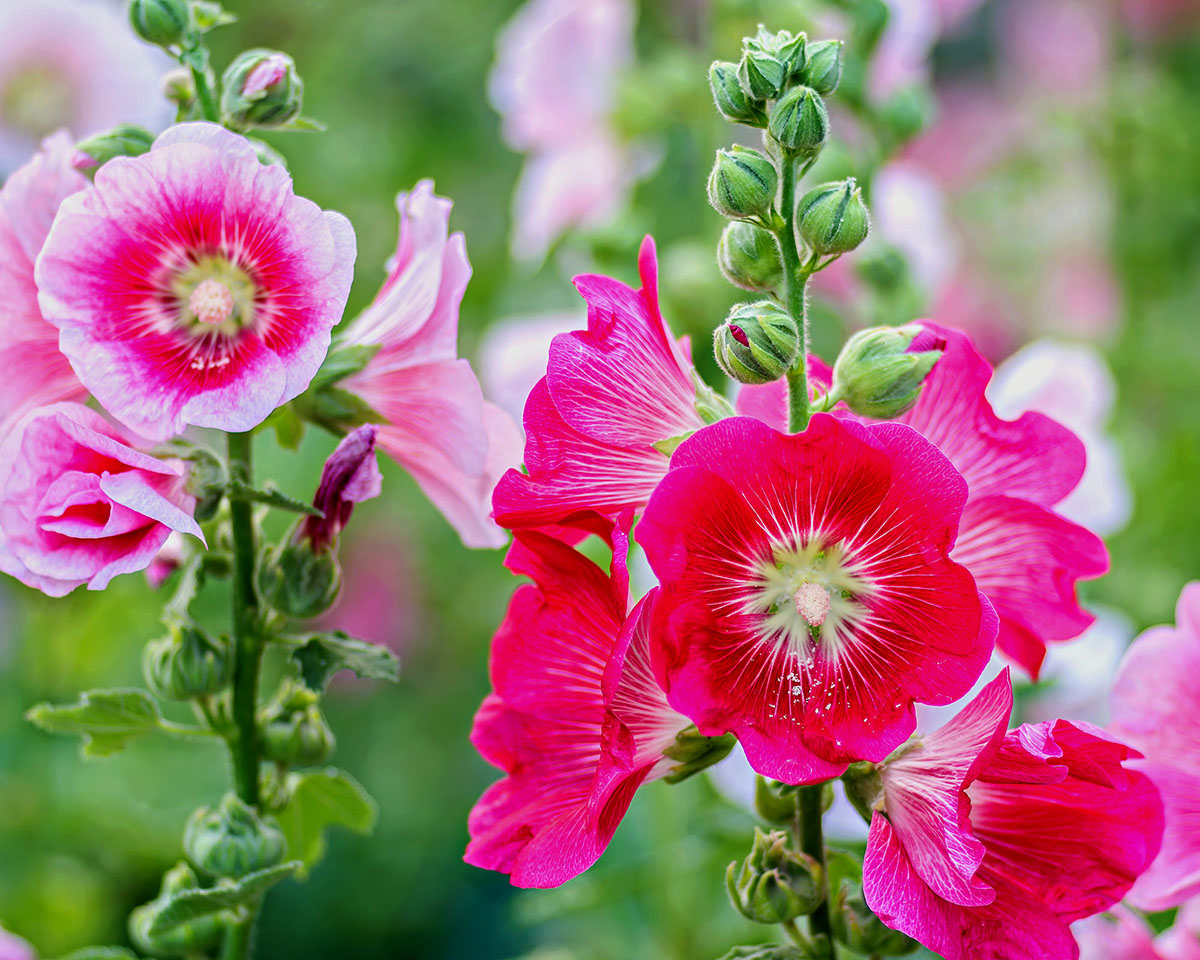
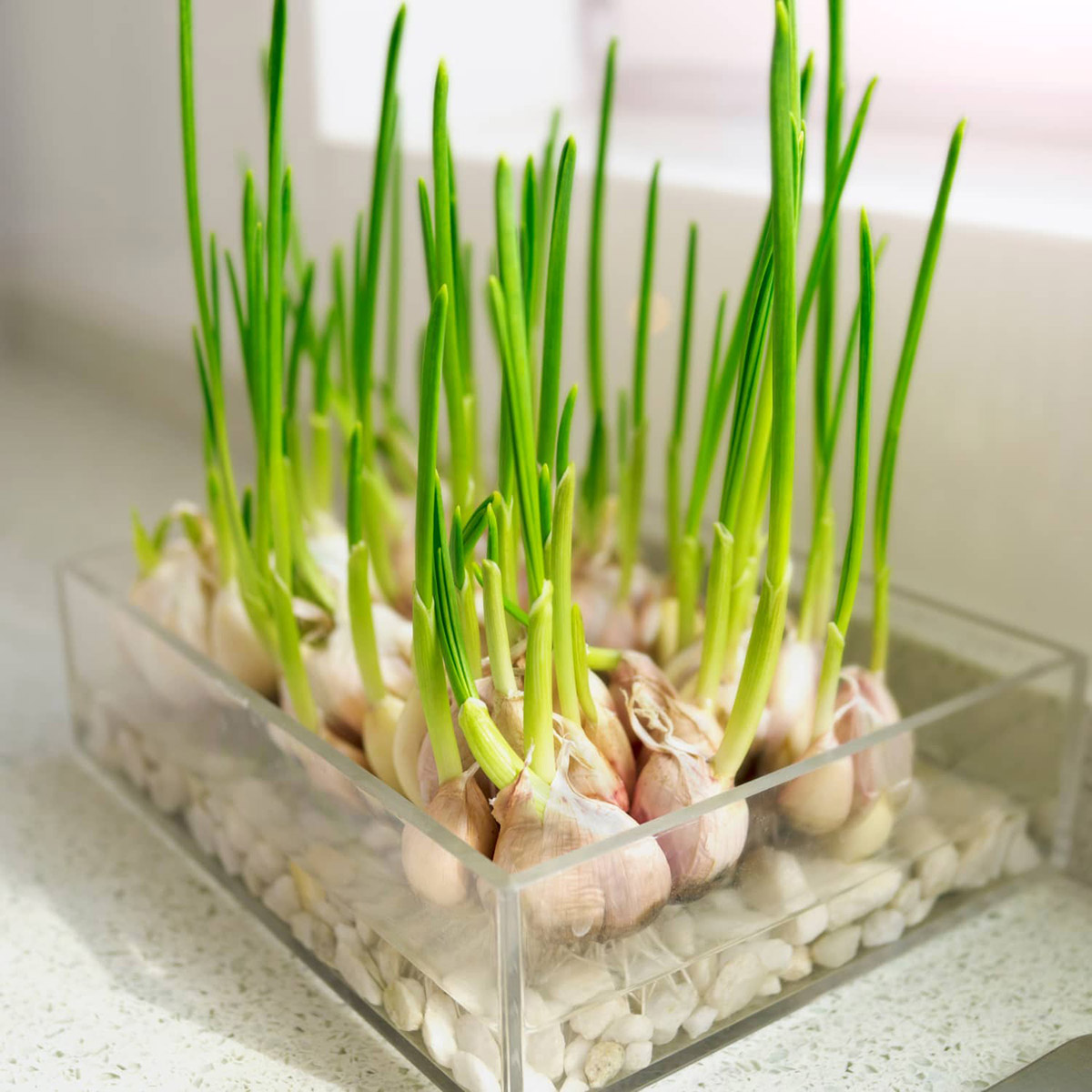
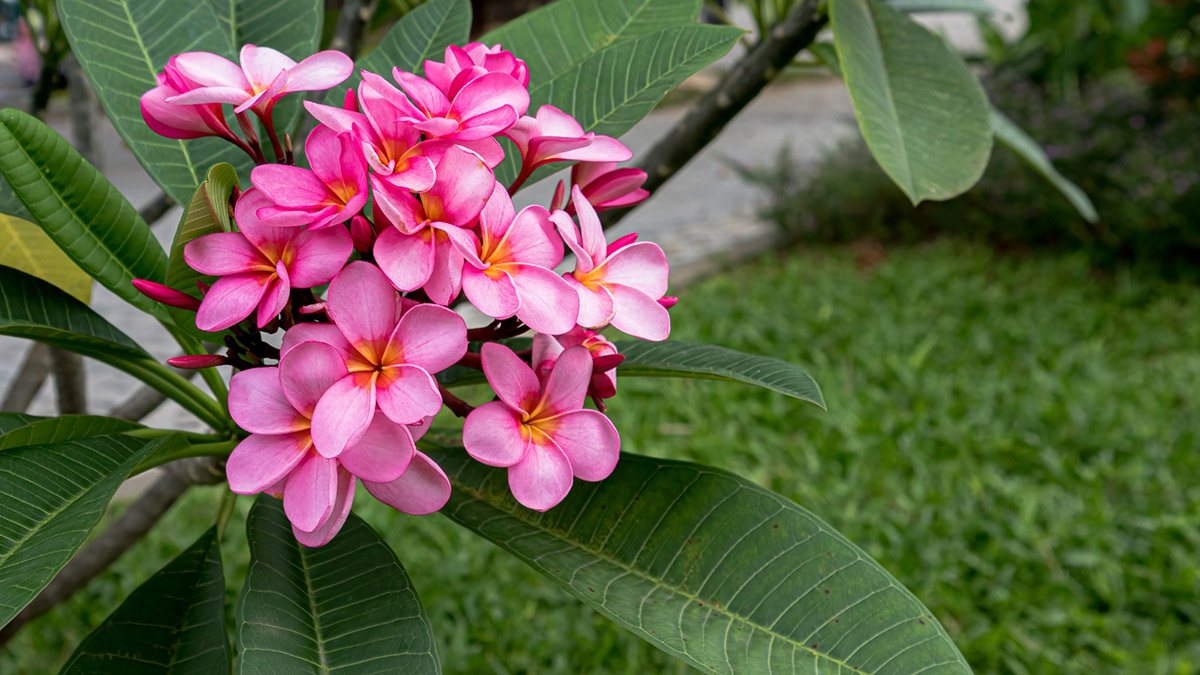
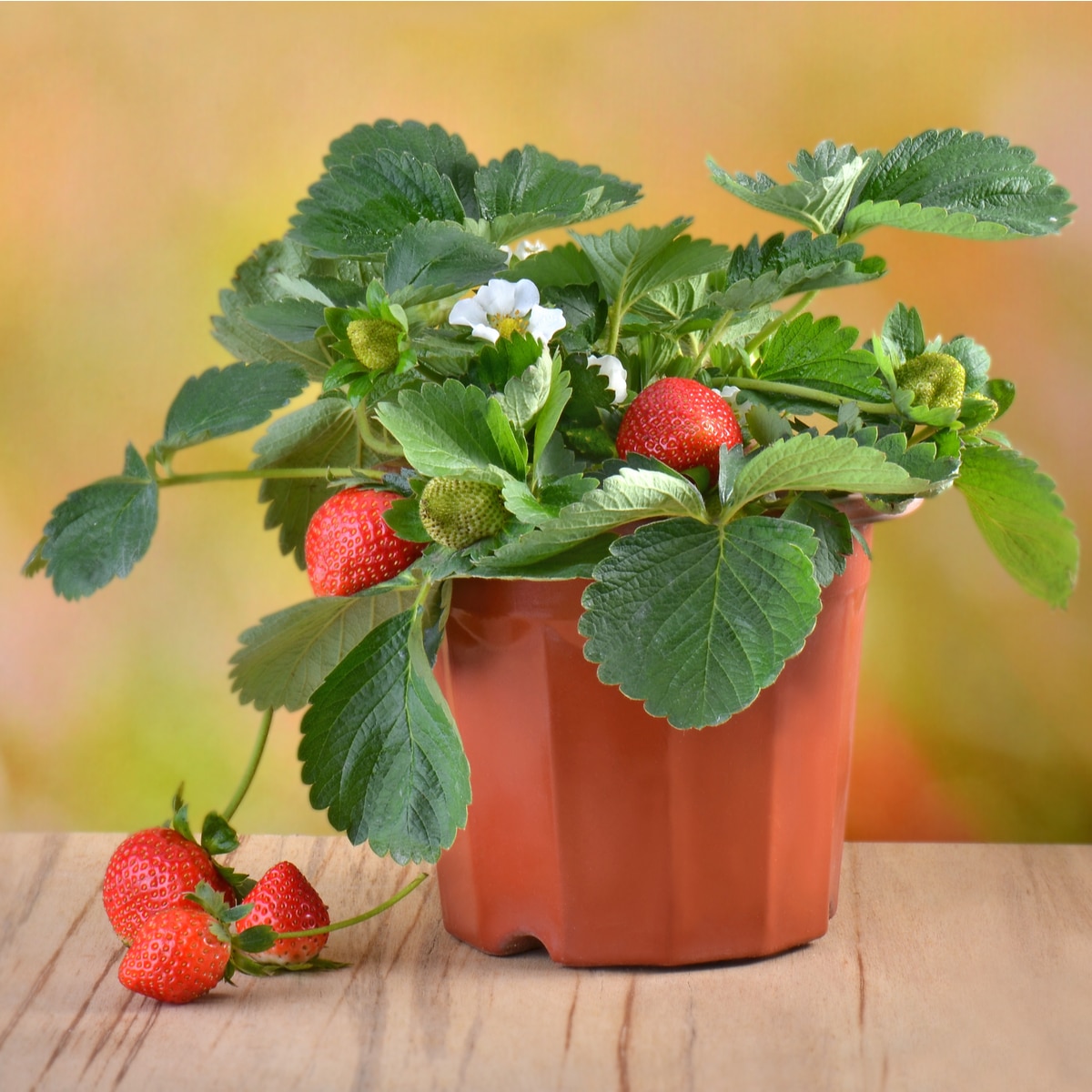
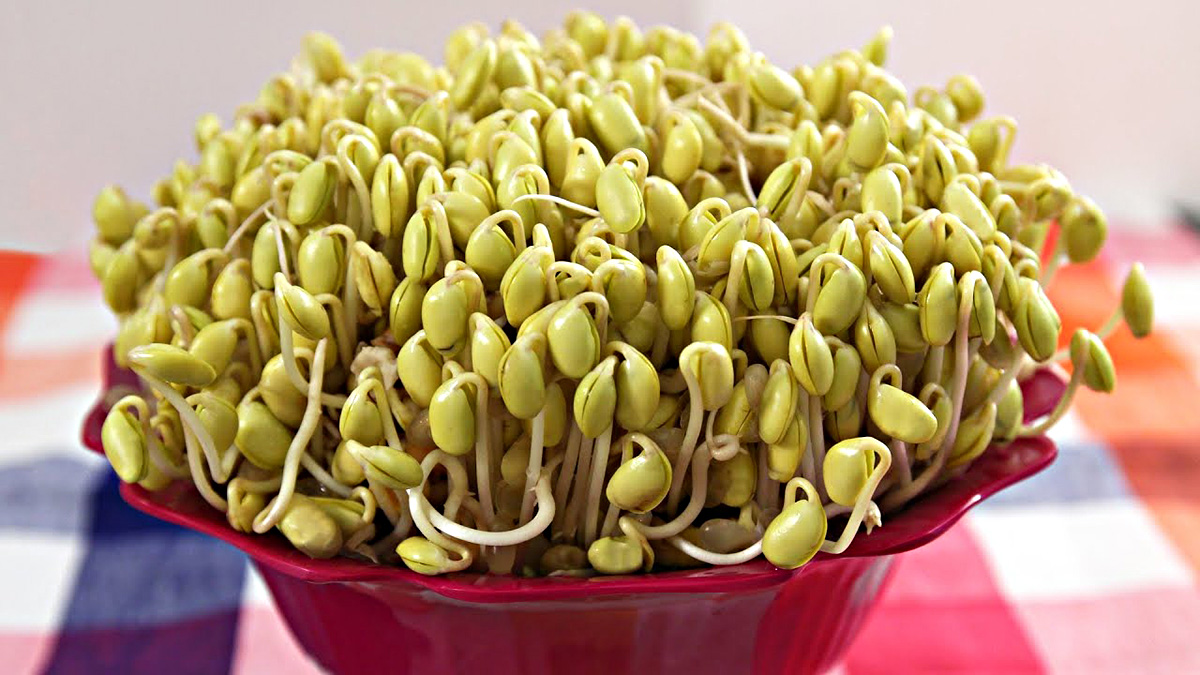
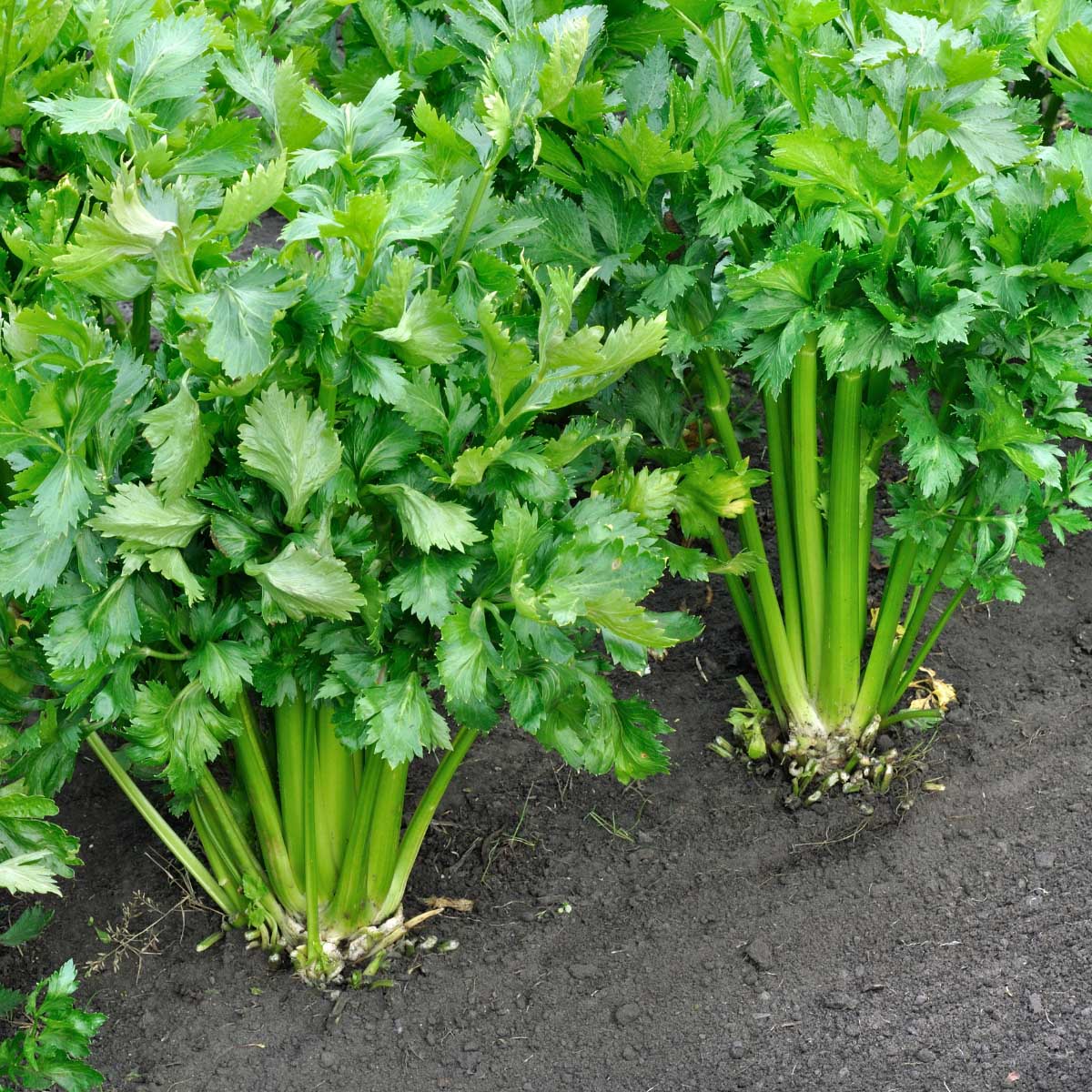

0 thoughts on “How Long Does It Take To Collect Native Plant Seed”